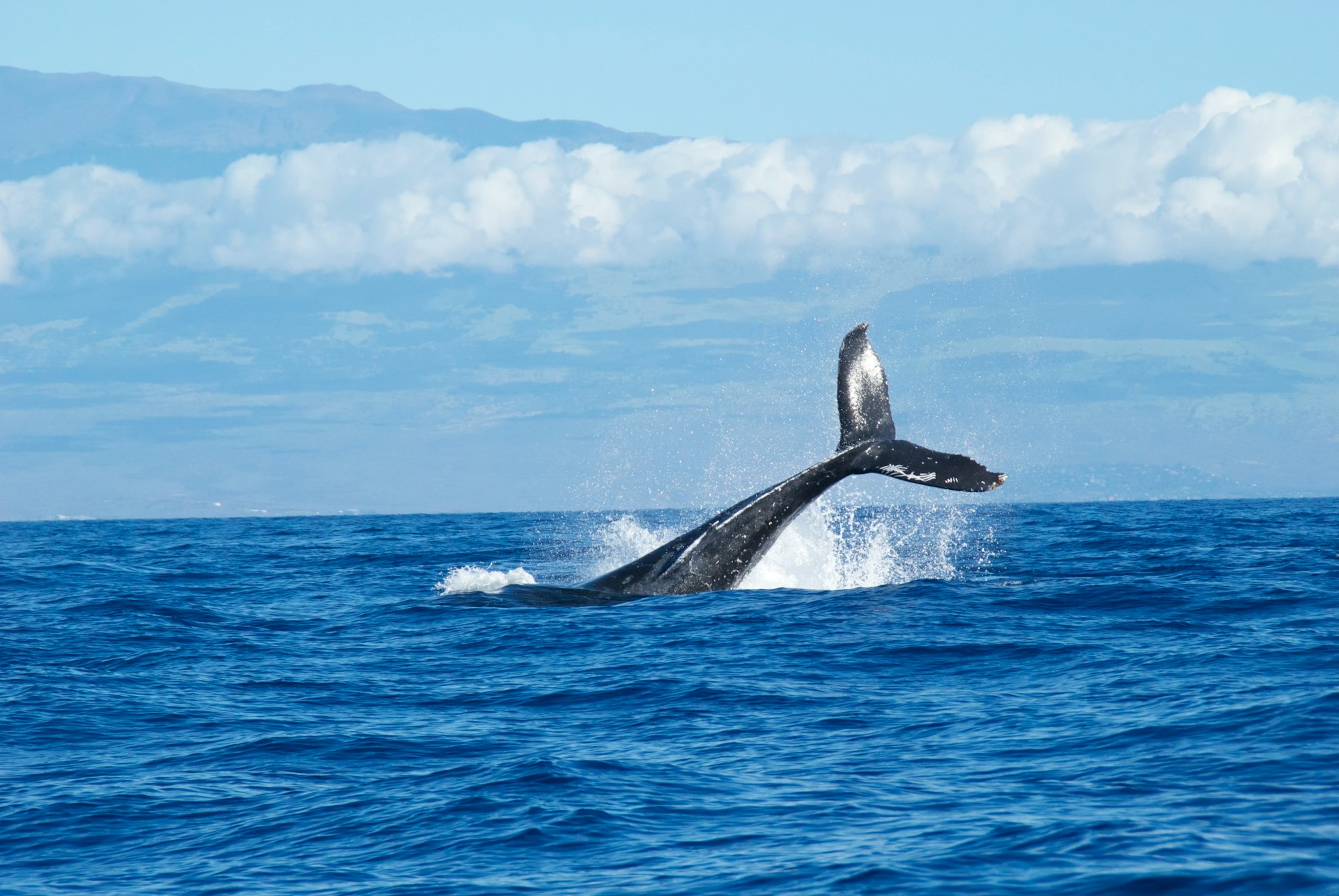Dockerfile best practices - stories from the field
This is a collection of things I have come across using Docker over the years and working with docker in kubernetes across thousands of projects.

This is a collection of things I have come across using Docker over the years and working with kubernetes across thousands of projects. The hope is that there is a nugget of wisdom somewhere in this post, and that it can help on your next project.
I framed the post as a series of best practices, each one has a much larger story behind it, but I decided to keep this post positive 😁. I will likely continue to update this post as new information comes to light.
1. Create tiny images
Your ideal image should be as small as possible to do its job. No unnecessary binaries, temporary files, development tools, uncompiled code, documentation etc should be in the final image.
Your ideal image should be as small as possible to do its job.
- me, just now
Why this is important? Because size matters when it comes to docker images. The time to deploy your application into kubernetes will be largely determined by the image size. Smaller overall images push and pull faster into registries. Deployments are faster, applications scale horizontally faster in kubernetes. Life is generally better.
You can find the sizes of your local docker images with this handy command (source):
$ docker images --format "{{.ID}}\t{{.Size}}\t{{.Repository}}:{{.Tag}}" | sort -k 2 -h -r
307b0123a4dd 936MB cachingheaders:latest
c28b5b41a4dd 405MB ghost-example_node:latest
dd54221ac341 393MB ghost-pixelite_node:latest
441ccef7ac50 318MB uselagoon/solr-7.7-drupal:latest
416cb5fc3d92 257MB uselagoon/mariadb-10.5-drupal:latest
5e977a444840 244MB uselagoon/mariadb:latest
d9300475ba78 236MB uselagoon/mariadb-drupal:latestMiB.In kubernetes, this is a little trickier, as the kubernetes pod API does not return image size, the node API does however, and with some awk magic, you can get a list of images sorted by size descending in MiB (inspired by this post):
$ kubectl get nodes -o json \
| jq -r '.items[].status.images[] | "\(.sizeBytes) \(.names[-1])"' \
| sort -k 1 -n -r \
| awk '{ printf "%d %s\n", $1/1024/1024, $2 }'
771 harbor.example.com/example-2020/deploy-lagoon-development/cli@sha256:77947585cbf58bdae7e6a9182b104c2b2e30f535d9238cae0683dd571e3a3411
768 harbor.example.com/example2-2020/deploy-lagoon-staging/cli@sha256:6569474568b04f9bddb2194a66c4bf4a40bac79d936dc3bd864afd351f3f2200
768 harbor.example.com/example3-2020/deploy-lagoon-production/cli@sha256:95c3d048f50e33ea12d0b68b64034e0fc81d1b7b6d3f15b84e161a35e5417d72MiB.In general, I consider images in the low hundreds of MB to be OK, anything over 1GB to be large, and anything over 2 GB likely needs optimisation 😱. This obviously depends a lot on the language you are using (e.g. Go can build native executable binaries with no runtime), the size of the application (e.g. lines of code) and the Operating System required to run that code (e.g. Alpine Linux vs Ubuntu).
Avoid adding development and build related resources to the final image
The main issue with adding tools like gcc (which is needed to compile code) into your images is that you don't need this binary in production.
There are several techniques to deal with this ranging from virtual dependencies to builder images (covered later in this post).
# Add build tools.
RUN apk update \
&& apk add pv python3 make gcc g++ \
&& ln -sf python3 /usr/bin/python \
&& rm -rf /var/cache/apk/*Most package managers/languages also have flags you can use to toggle a production build. Production builds omit development dependencies, and will overall lead to smaller images.
# PHP
RUN composer install --no-dev
# Nodejs
ENV NODE_ENV production
RUN npm ci --only=production
Go builds can also be optimised a lot, and have things like cross platform bits removed, and debugging information. See this blog post on some tips and tricks to reduce Go binary size.
Virtual packages
In Alpine Linux you can also make use of virtual packages, to which allow you to install build related packages, and then clean them up. This is extremely useful for compilation.
# Install libsvm, compile from source, and then remove dependencies.
COPY resources/libsvm.sh /tmp/libsvm.sh
RUN apk add --no-cache --virtual .build-deps \
g++ \
make \
&& chmod +x /tmp/libsvm.sh \
&& /tmp/libsvm.sh \
&& rm /tmp/libsvm.sh \
&& apk del .build-depsN.B. you should run all commands in the same RUN command to ensure the layer stays lightweight.
Builder images (multi-stage builds)
Probably the most popular way to keep your resulting images small where compilation is involved is to make use of a builder image (AKA multi-stage builds).
Say you have a Nodejs application, that requires a compilation step, but you don't want Nodejs installed in your production running container (just Nginx serving the static output).
This is sometimes called multi-stage dockerfiles, and has been a feature of docker since 2017.
For a real life example of this (based on actual code), first you need to create your 'builder' intermediate image, this image will have the full development tools installed in it, and will be used to compile the application:
FROM uselagoon/node-14-builder:latest as builder
RUN npm install --pure-lockfile
RUN npm install -y yarn
RUN yarn buildAfter you have compiled the application (e.g. with yarn or something as above), you copy the resulting (static) artifacts into a clean final image:
FROM uselagoon/nginx:latest
COPY --from=builder /app/dist /appThe resulting Nginx image is fairly tiny, this particular one is around 133MB. This also has the nice side effect of being completely static, nothing to hack, no dynamic languages. A nice side effect of tiny images is a tiny attack surface. This will also make your security people happy.
For more information see https://codefresh.io/docker-tutorial/node_docker_multistage/ and https://docs.docker.com/develop/develop-images/multistage-build/#use-multi-stage-builds
Select the best base image
A rookie docker mistake is to start from a fairly generic base image, and then customise it to the nth degree. There are vast libraries of images out there already that you can elect to start from to give yourself a head start.
Using another organisation's images does come with certain points to ponder:
- Who maintains the images?
- How fast do they release new versions when a security issue is identified?
- Do you trust them?
- Is the code open source?
At amazee.io, the Lagoon team looks after a suite of upstream docker images in the uselagoon namespace. These images in turn (for the most part) inherit from specialised builds of Alpine Linux. e.g. this is a line from the PHP 8.0 FPM dockerfile:
FROM php:8.0.14-fpm-alpine3.14By selecting the best starting point for your images, will mean less code you need to maintain, less layers in your dockerfiles, and faster builds.
Most applications also function perfectly well on Alpine Linux (a lightweight Linux distribution) to which can run on a 8MB image. If you have not checked this out, do it, your dockerhost thanks you in advance.
If you are using Rust or Go, you should consider using scratch (blog post on this topic) or distroless static (blog post on this topic) as your base image (which are extremely basic and lightweight images). Distroless static is the same as scratch but with a few niceties such as CA certificates installed, a functioning /tmp directory etc. All of this for 1 additional MB, sounds pretty good.
2. Docker Layer Caching (DLC)
During a build, docker steps through each line one at a time. As each line is read, docker attempts to match this against it's cache to see if the step can be re-used from cache.
Making effective use of layer caching can speed up your build times a lot. It is important to note that only certain commands create layers, namely ADD, COPY and RUN.
See https://docs.docker.com/develop/develop-images/dockerfile_best-practices/#leverage-build-cache
Ordering layers to increase cache hits
The order in which you create layers matters. In general, you want to have the most static things at the beginning of the docker file (e.g. environment variables) and more volatile things towards the end (e.g. code changes by a developer).
As soon as you have a cache miss on a layer, then all subsequent layers will need to be rebuilt.
This is especially useful for COPY commands. You want to structure the dockerfile such that the files that are most frequently changes are copied in as late as possible.
Inlining commands to reduce layers
Rather that create a layer for each similar command, you can chain lines with a backslash \ to ensure only a single layer is created.
RUN apk --no-cache add \
bash \
bind-tools \
ca-certificates \
curl \
git \
unzipA pro tip is to ensure only 1 package per line, and keep them in alphabetical order. This helps to ensure the next PR to update the list is a tiny bit easier.
Breaking layer cache
You will run into situations where Operating System packages, NPM packages or a Git repo are updated to newer versions but as your Dockerfile or package.json hasn't updated, docker will continue using the cache. This may be less than ideal for your particular circumstance.
A quick way to 'bust the cache' is to define the use of a build time variable, and run a simple command to use it. Lagoon injects the SHA of the commit as such a variable, so if you do want to ensure the layer is built fresh, you can quite easily:
ARG LAGOON_GIT_SHA
RUN echo $LAGOON_GIT_SHAOther build systems will likely have a similar way to obtain the SHA of the commit.
3. .dockerignore files
This will prevent certain local files and debug logs from being copied onto your Docker image and possibly overwriting files installed within your image during the build.
It also is a good idea to not copy your dockerfiles themselves into the docker image.
# PHP
.git
.idea
.ahoy.yml
.circleci
.dockerignore
.gitignore
Dockerfile
docker-compose.yml
README.md
vendor
web/sites/default/files
# Nodejs
.dockerignore
node_modules
npm-debug.log
Dockerfile
.git
.gitignore
.npmrc.dockerignore for PHP and Nodejs.My best advice here is to SSH into a running container and inspect the files you have left in there. If you see anything that is not essential to production runtime, then consider not COPY'ing it, or adding it to .dockerignore.
See https://docs.docker.com/engine/reference/builder/#dockerignore-file
Comments
If you have any neat tips or tricks, please let me know!
